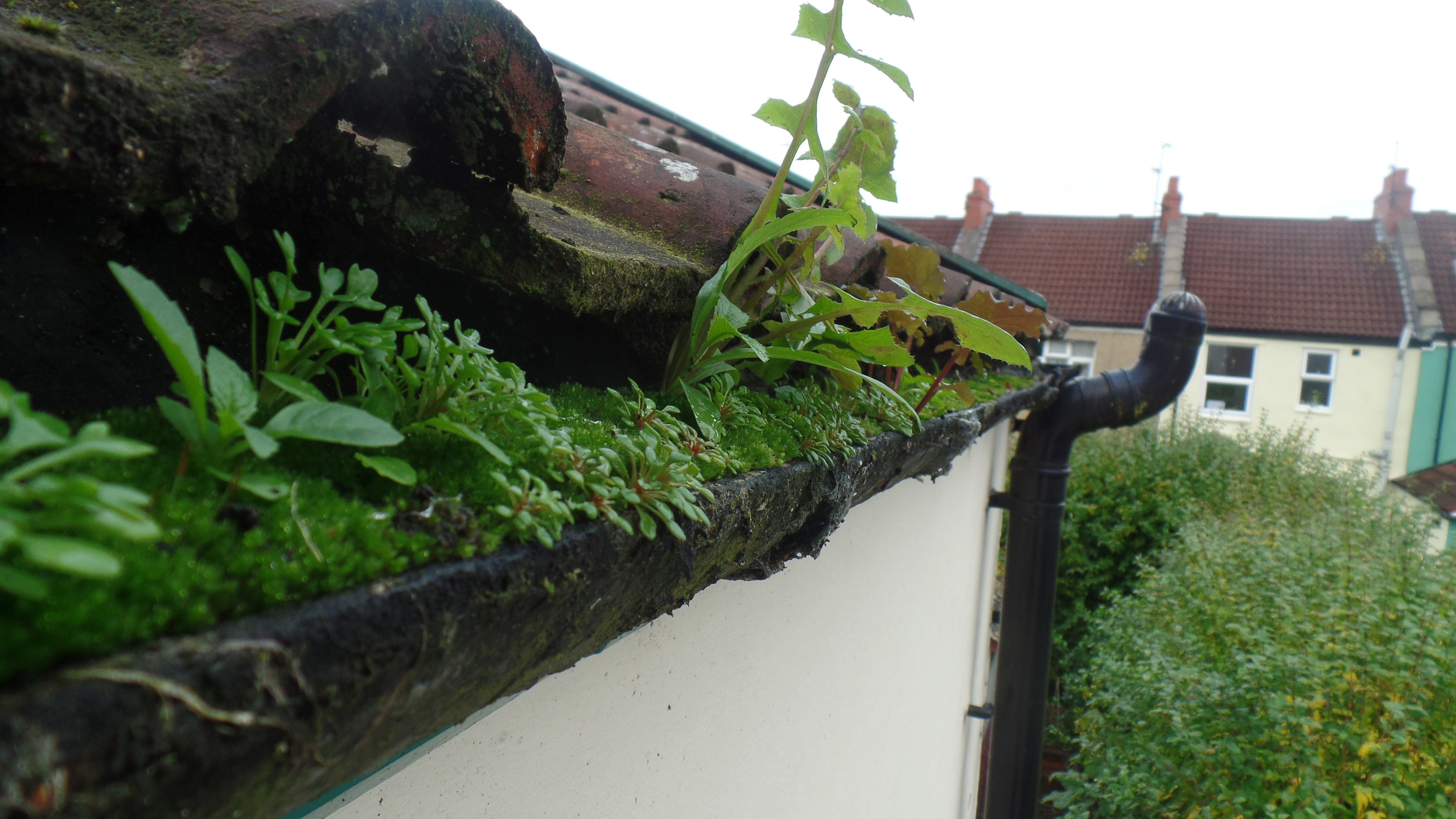Asbestos Pipework

Asbestos Pipework
Asbestos was often used to strengthen cement based pipework. This pipework performs fairly well as long as it has been regularly decorated throughout its life span. However, where paint has failed the cement based pipework will be exposed and can spall or become porous.
Gutters and downpipes were very often constructed from asbestos cement. The condition of them gives the key to removal, remember they cannot be rubbed down and repainted unlike cast metal gutters if they require decoration.You must not sand or scrape the existing paint from the surface as this can release fibres. They are brittle and if used below ground are susceptible to compression forces causing them to crack although this often cannot be seen. Even when replaced it is unlikely that the ground has been excavated and even where the visible pipework has been removed it is often sealed to a below ground cement pipe which is still asbestos containing.
Soil pipes sometimes called soil stacks are used to take foul water from bathrooms and WC’s .It is easily identified as it should extend above the height of windows or lower roof line and is open at the top (sometimes covered by a cowl) to allow air to enter the stack it is normally wider at around 6” or 150mm in diameter. These can also be cement type pipework.
There are often mushroom shaped cowls extending through walls from where old boilers were located and removed. These are fairly easy to identify as they are often short in length and curl upwards with a domed top and they are highly likely to be asbestos cement.
It is very hard to determine if pipework is cast metal or cement based, especially when it is painted as often the connectors and fixings appear visually the same. With open hoppers curved edges can be a good visual indicator as cast metal is not easy to shape in curves hence if the hopper head is scallop shaped then it is likely to be asbestos cement based. A good way to determine if the pipes are cast metal or cement based is to use a magnet as shown in this video.However with all good tests there is always an exception to the rule and this is zinc guttering which is not magnetic but not asbestos containing.
Often flue pipes to boilers are left inside properties these are likely the most dangerous as they can contain Blue or brown asbestos and should be tested prior to removal.
If you are removing them or employing a trained competent contractor then Health and Safety Executives “Asbestos Essentials” gives an idea of what is required to safely remove these pipes.
